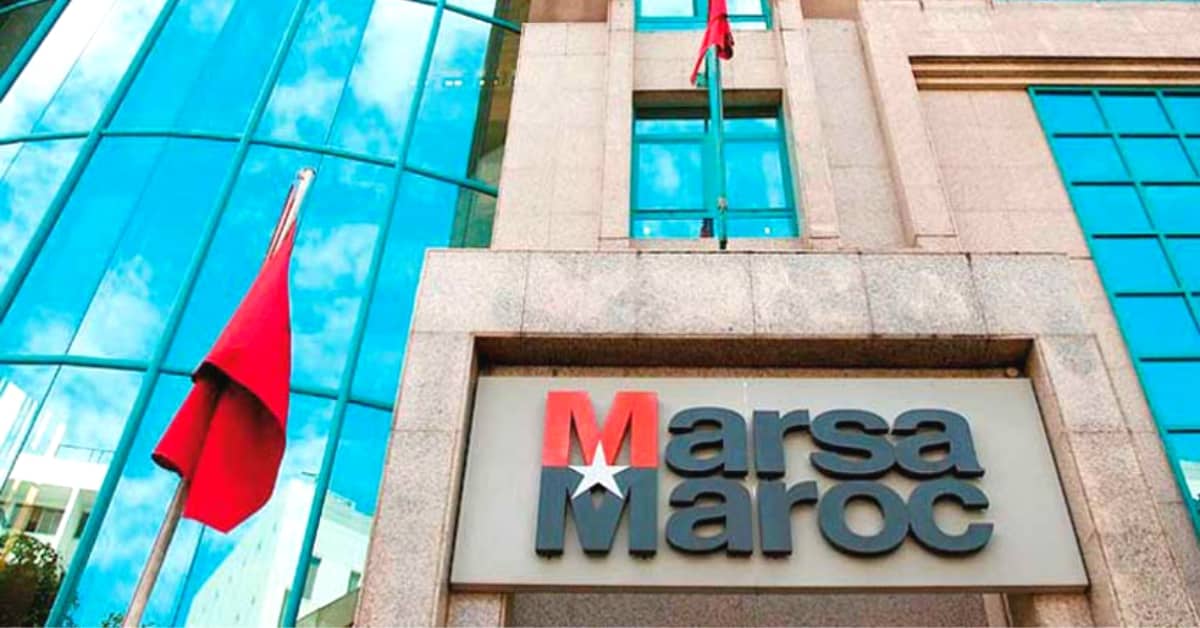Marsa Maroc is reaping the rewards of its strategic diversification, posting strong results for the first half of 2025. With a consolidated revenue of 2.84 billion dirhams—a 14.5% year-over-year increase—the group has demonstrated solid growth across all operational segments, driven by a combination of rising port activity and the broadening of its logistics services.
Total cargo handled during the period reached 33.6 million tonnes, marking an 8% increase. Container operations, a key pillar of Marsa Maroc’s business, performed especially well. Transshipment volume rose 4%, reaching 854,831 TEUs, while domestic container traffic surged by 8%, totaling 651,139 TEUs.
Bulk cargo also posted healthy gains. Liquid bulk traffic rose by 8%, and dry bulk and general cargo both increased by 5%. However, the standout performer was the vehicle handling segment, which soared by 51%. This sharp rise was fueled by a 19% jump in imported vehicles and the addition of a new transshipment stream involving 15,264 units.
These strong operational numbers reflect more than just market trends—they’re the result of Marsa Maroc’s targeted investment strategy. During the first half of the year, the company invested 1.29 billion dirhams, primarily in equipment and infrastructure for the two new container terminals at the Nador West Med port. Once fully operational, these terminals are expected to play a vital role in Marsa Maroc’s regional logistics footprint.
Financially, the company remains in excellent shape. As of June, Marsa Maroc held a net cash position of 492 million dirhams, with liquid assets totaling 2.12 billion dirhams compared to financing debt of 1.63 billion. This surplus underscores the group’s strong balance sheet and its capacity to fund future growth while maintaining financial flexibility.
